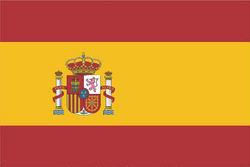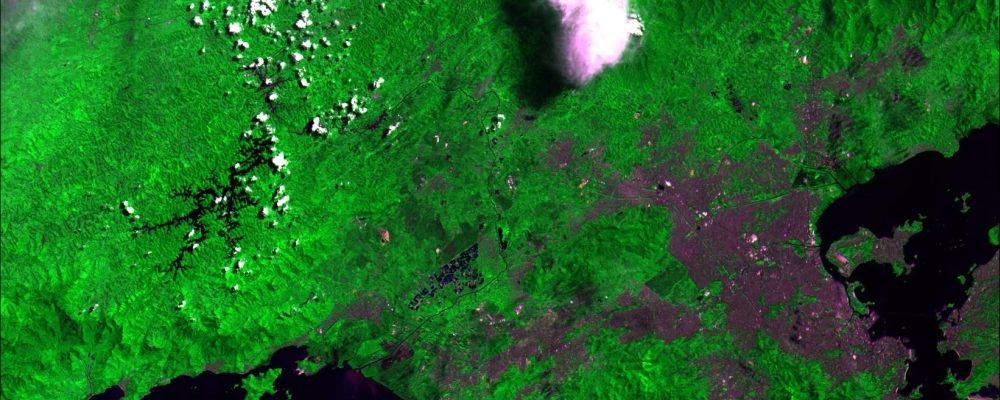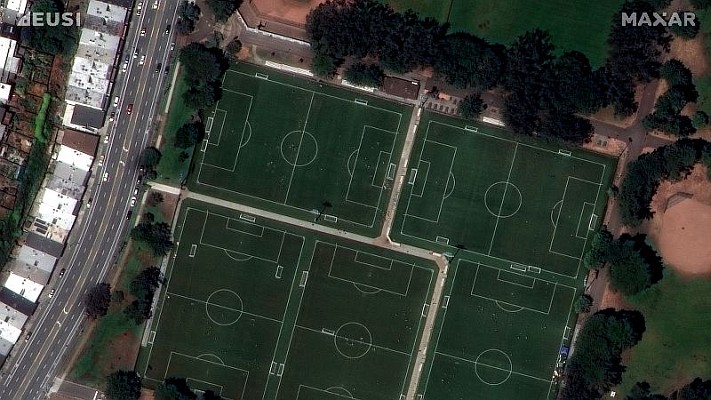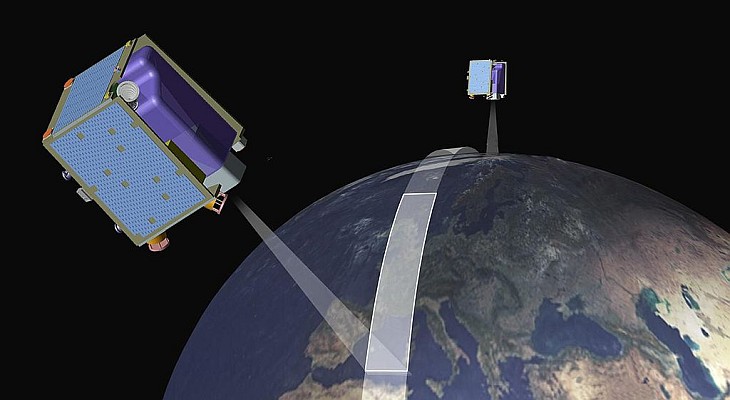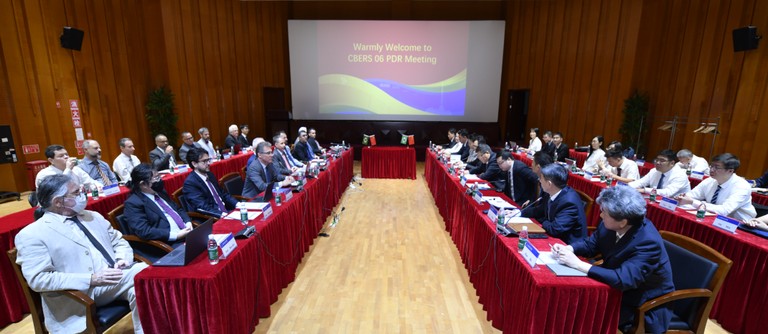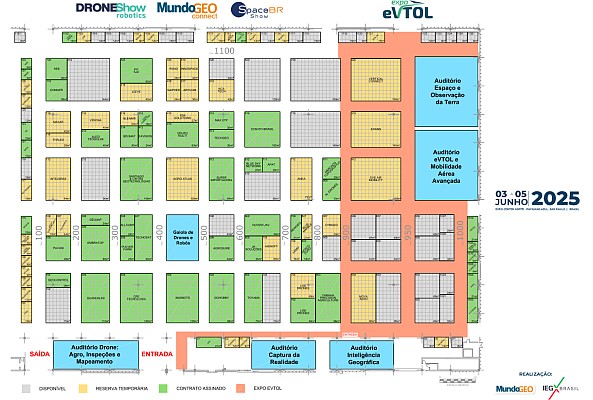The reception in Brazil of the first images of the Amazonia 1 satellite occurred on March 3, 2021. After two days of testing all the satellite subsystems, the Amazonia 1 WFI camera was turned on over Brazil in two different passes. The first pass, further east, started at 9:57:27 and ended at 10:08:27, local time in Brasília, and was successfully received by INPE’s ground stations in Cuiabá and Cachoeira Paulista. The second pass, further west, started at 11:35:27 and ended at 11:47:57, local time in Brasília, and was successfully received by INPE’s ground station in Cuiabá. INPE’s ground stations received and recorded raw data from the WFI camera, which were processed in São José dos Campos and Cachoeira Paulista, SP.
The following figures show five examples of images acquired by the Amazonia 1 WFI camera, with 66 meters of spatial resolution.
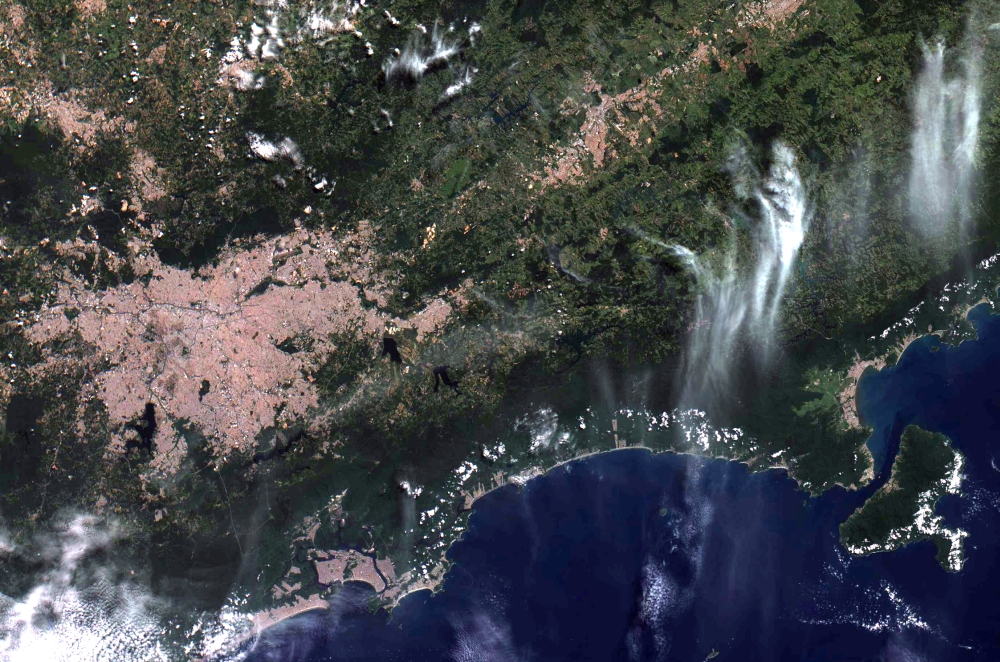
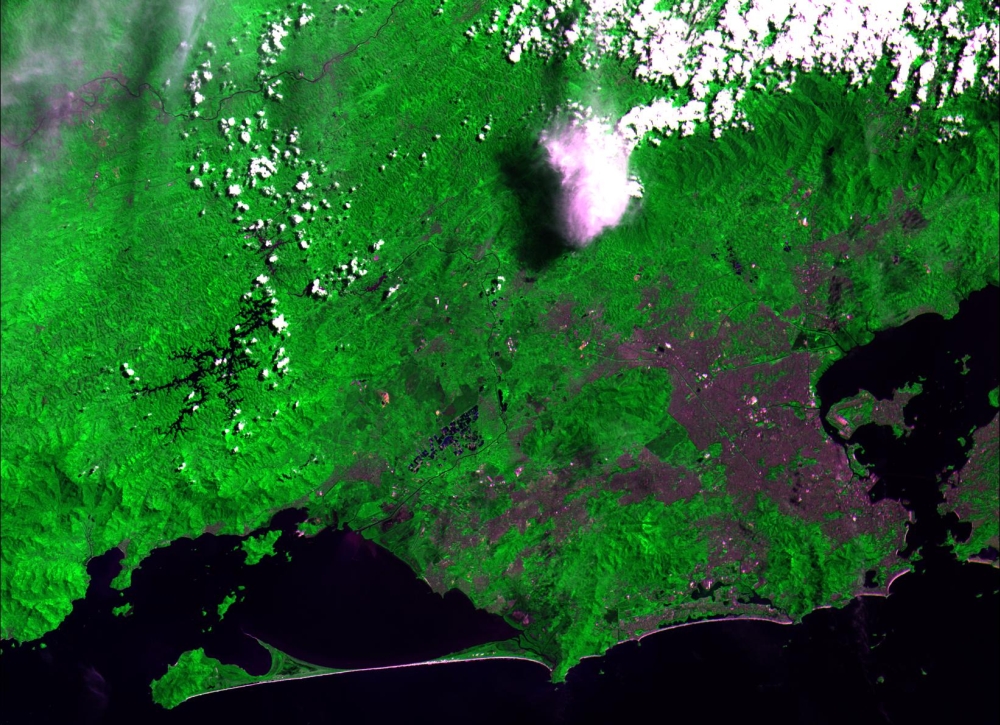
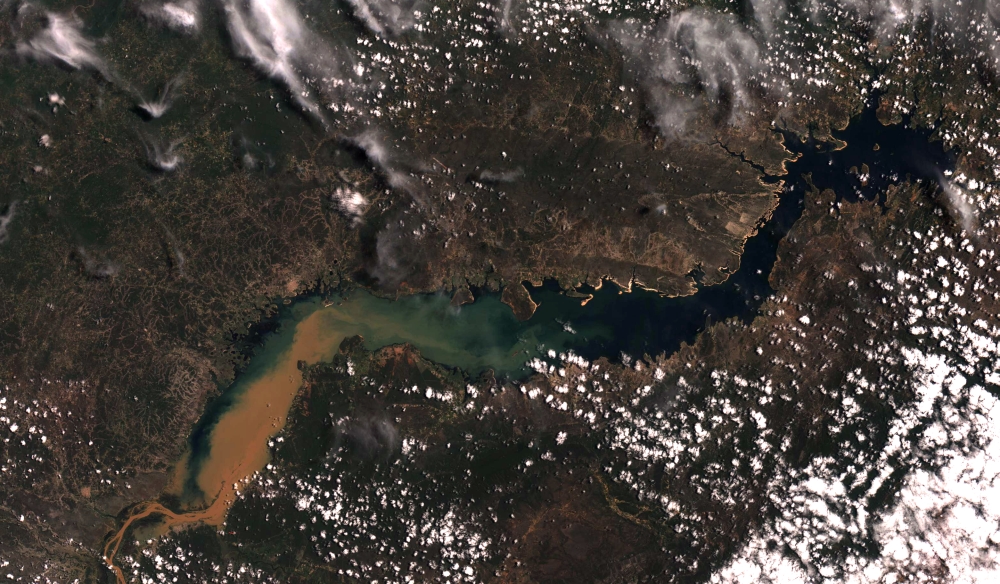
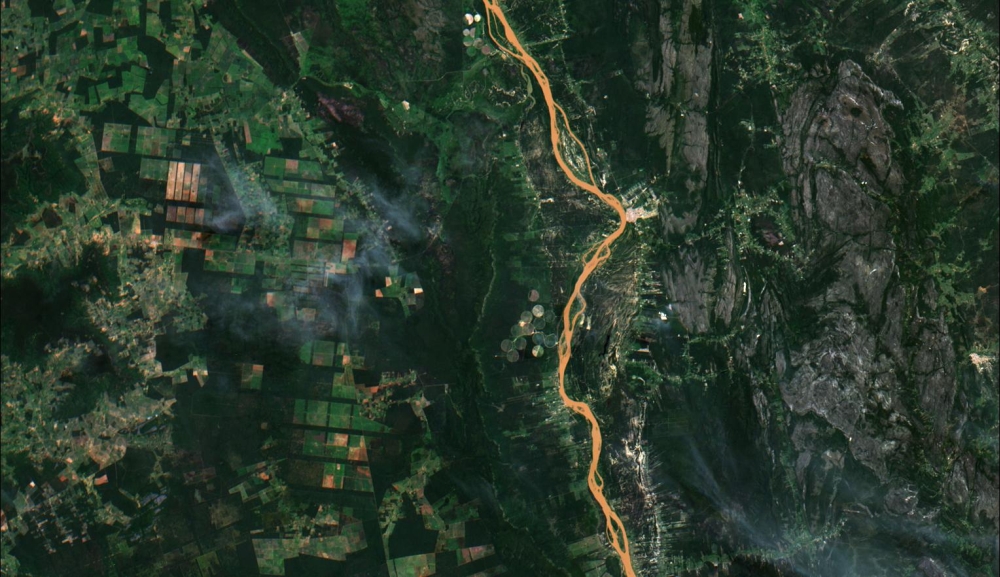
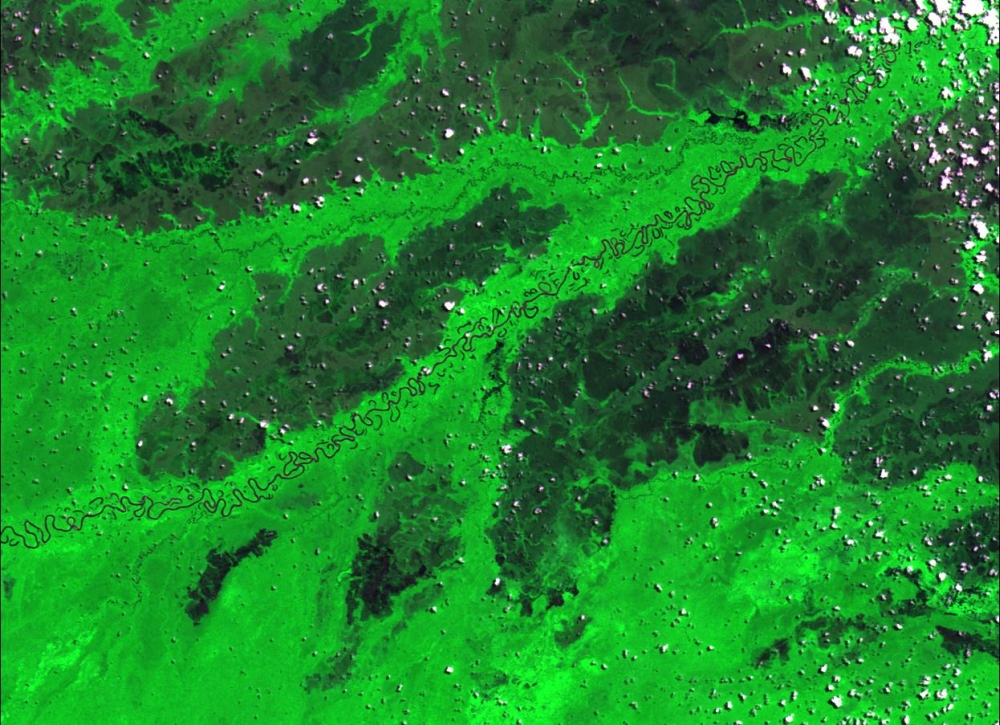
The following videos present the two passes recorded by INPE’s ground stations, where one can see the ground swath of the WFI camera, as seen from the satellite .
As soon as the maneuvering phase for placement of the satellite in its nominal orbit, which should occur by March 15th, the commissioning phase of the WFI camera of Amazonia 1 begins, with an estimated duration of approximately two months. During this phase, the radiometric and geometric quality of the images will be evaluated. All necessary adjustments in the processing configuration parameters will be made during this period with the objective of generating image products with the best possible quality. After the end of the commissioning phase, the Amazonia 1 satellite may then be officially declared operational and the images will be made available to the users by means of INPE’s image catalog.
Source and images: INPE


